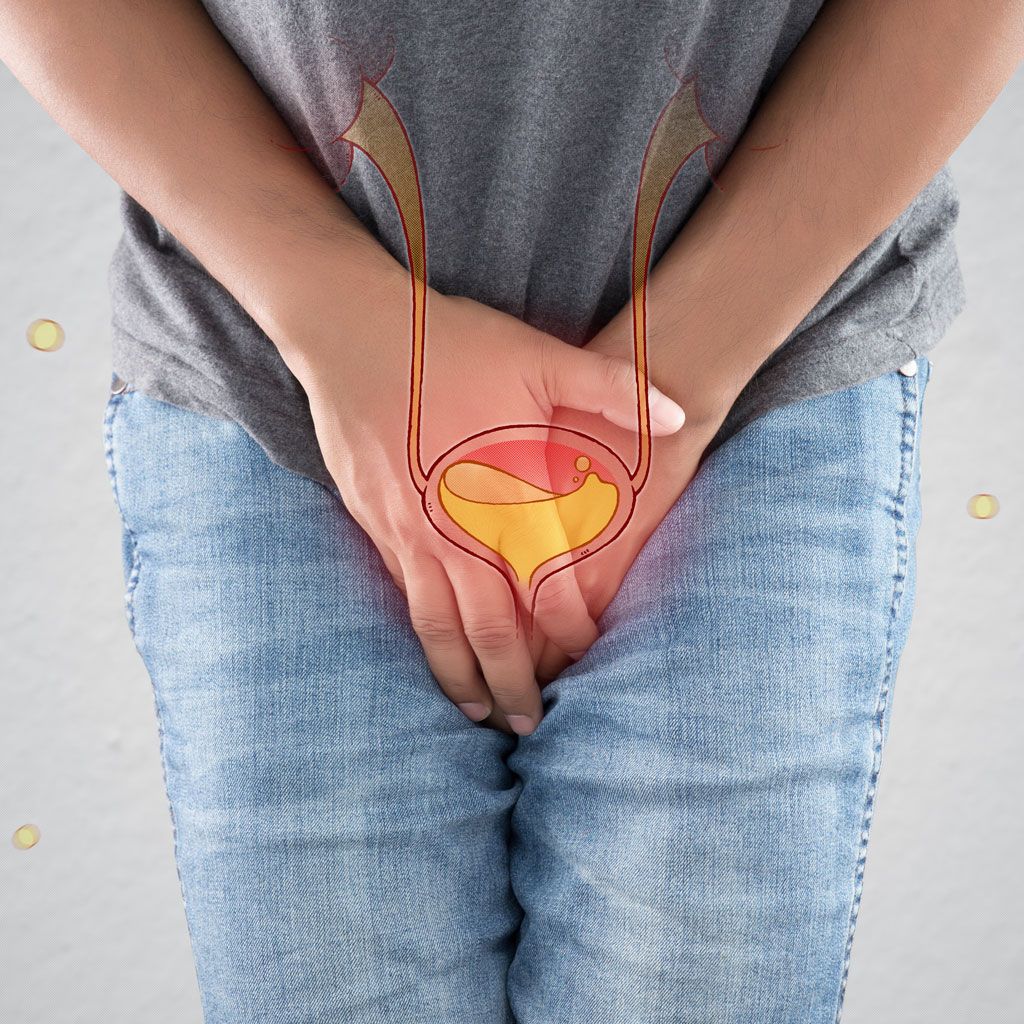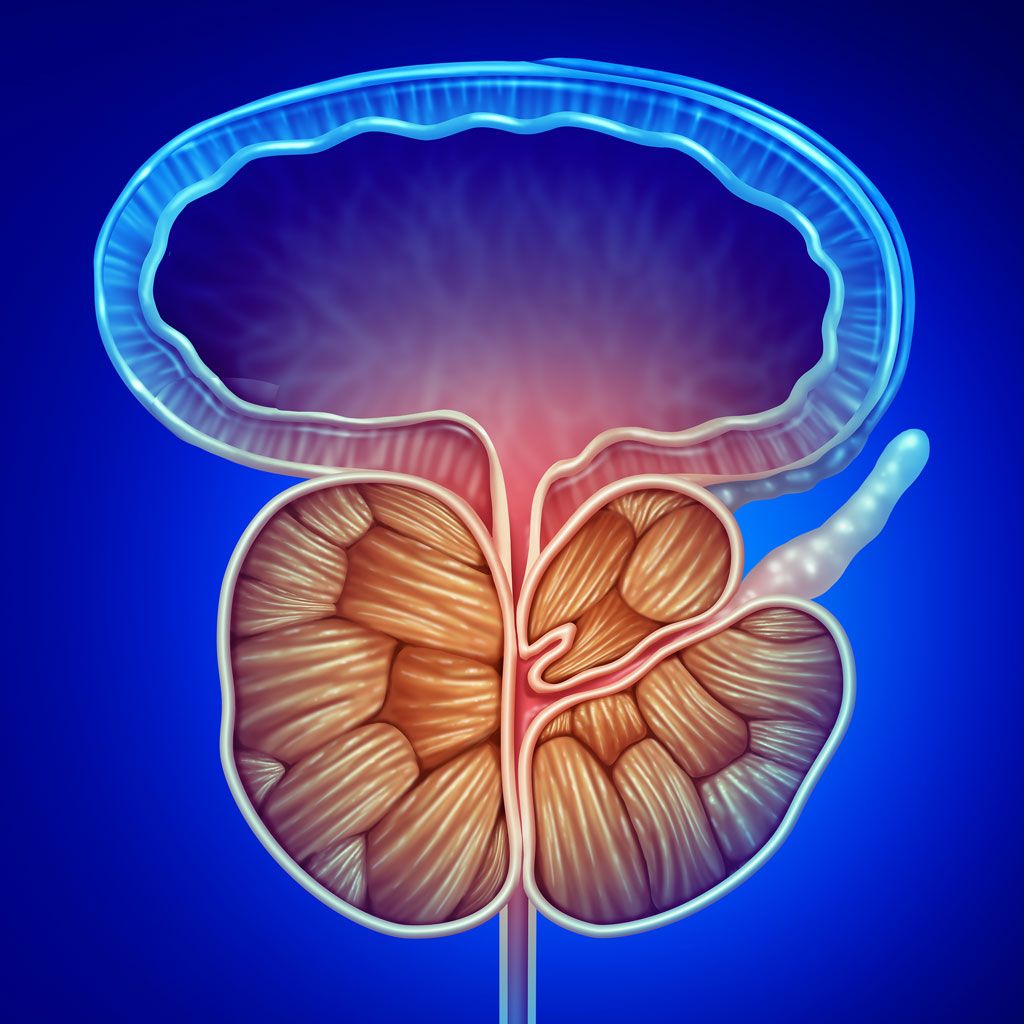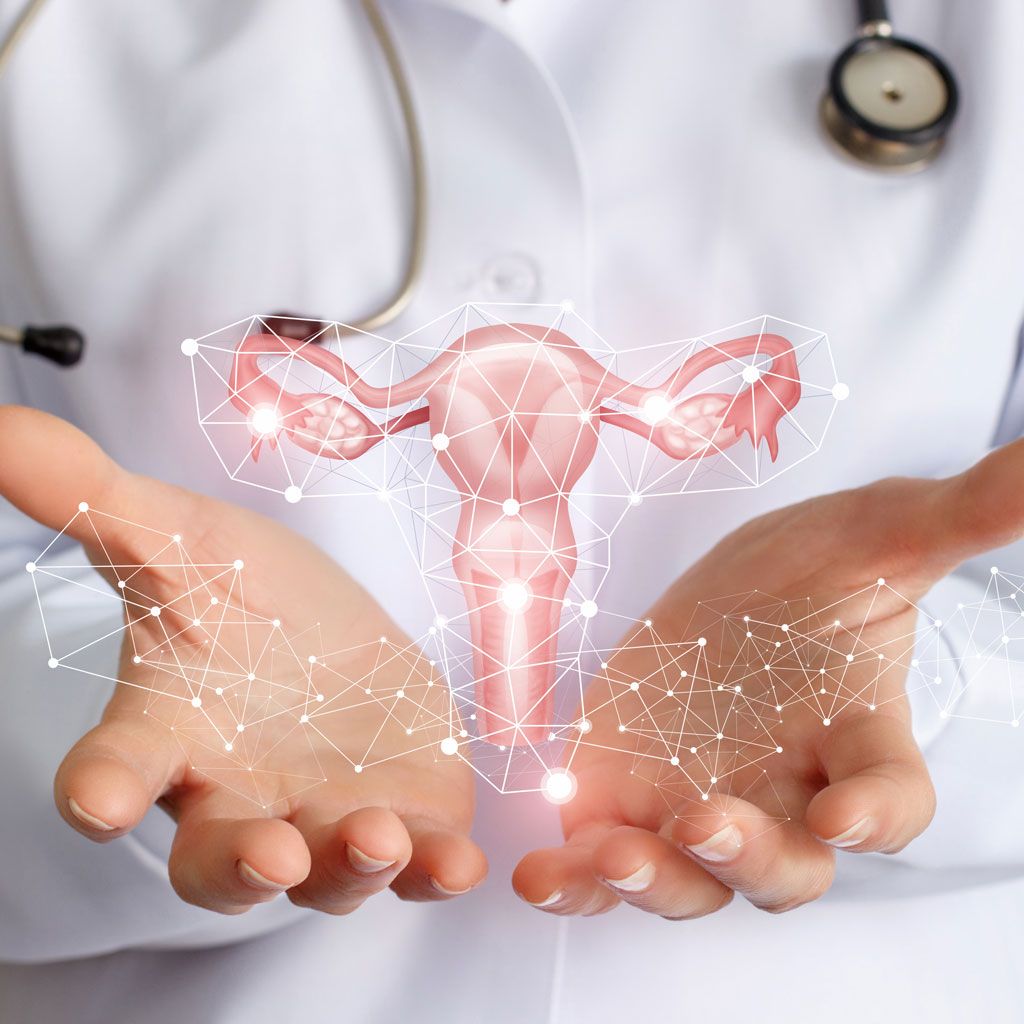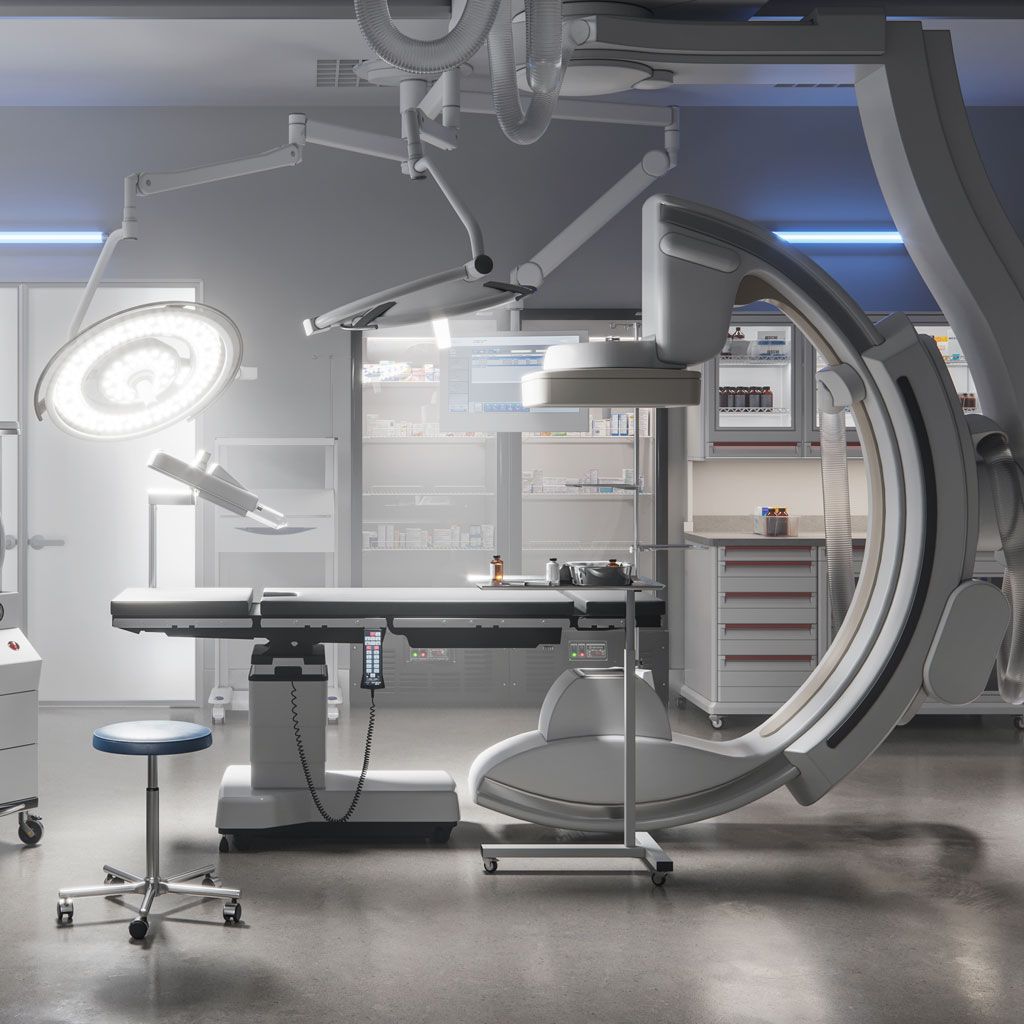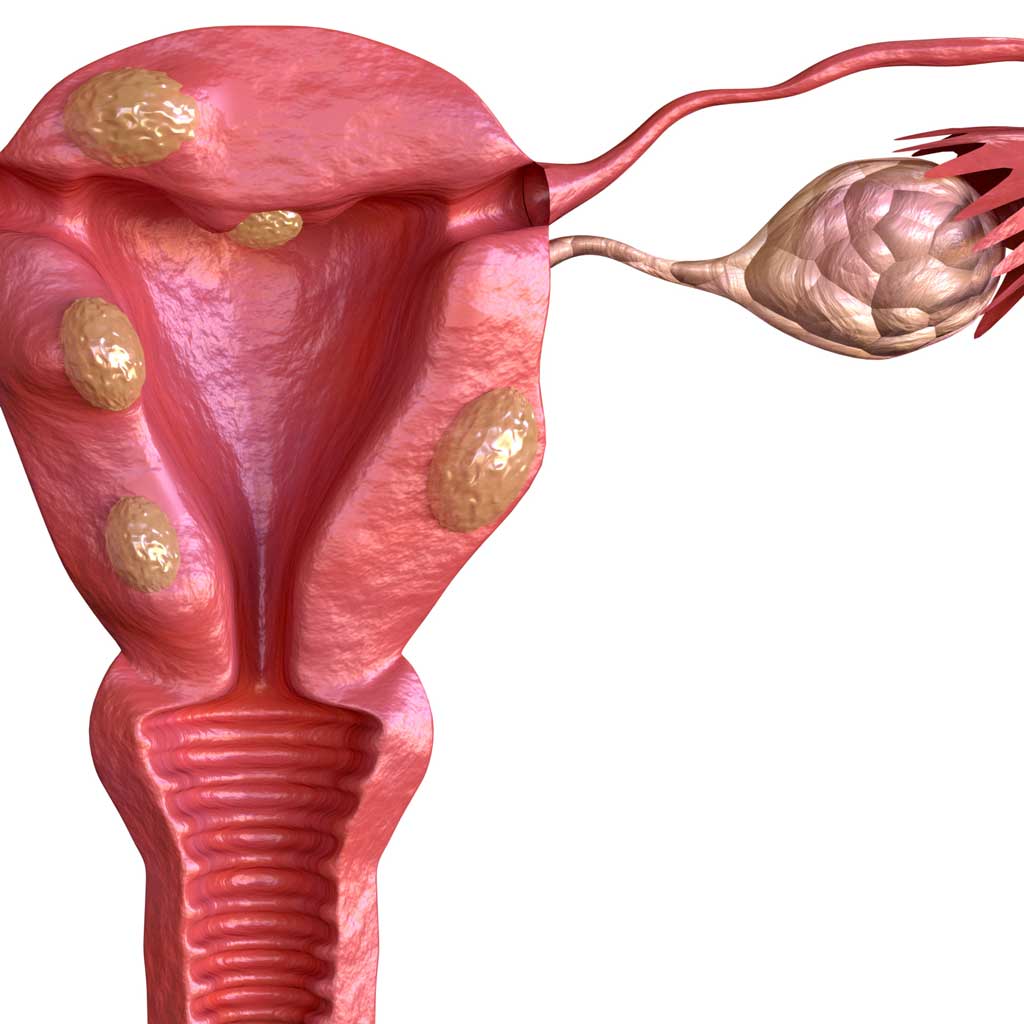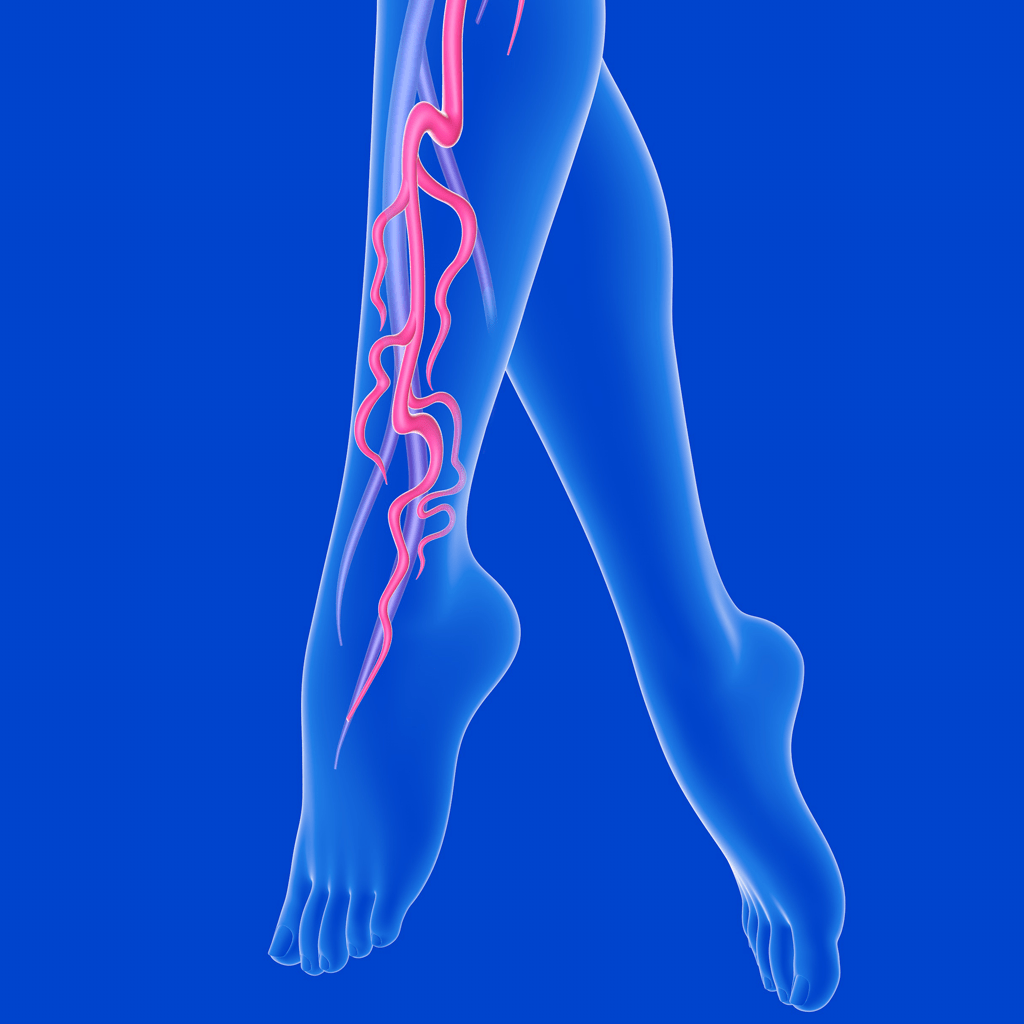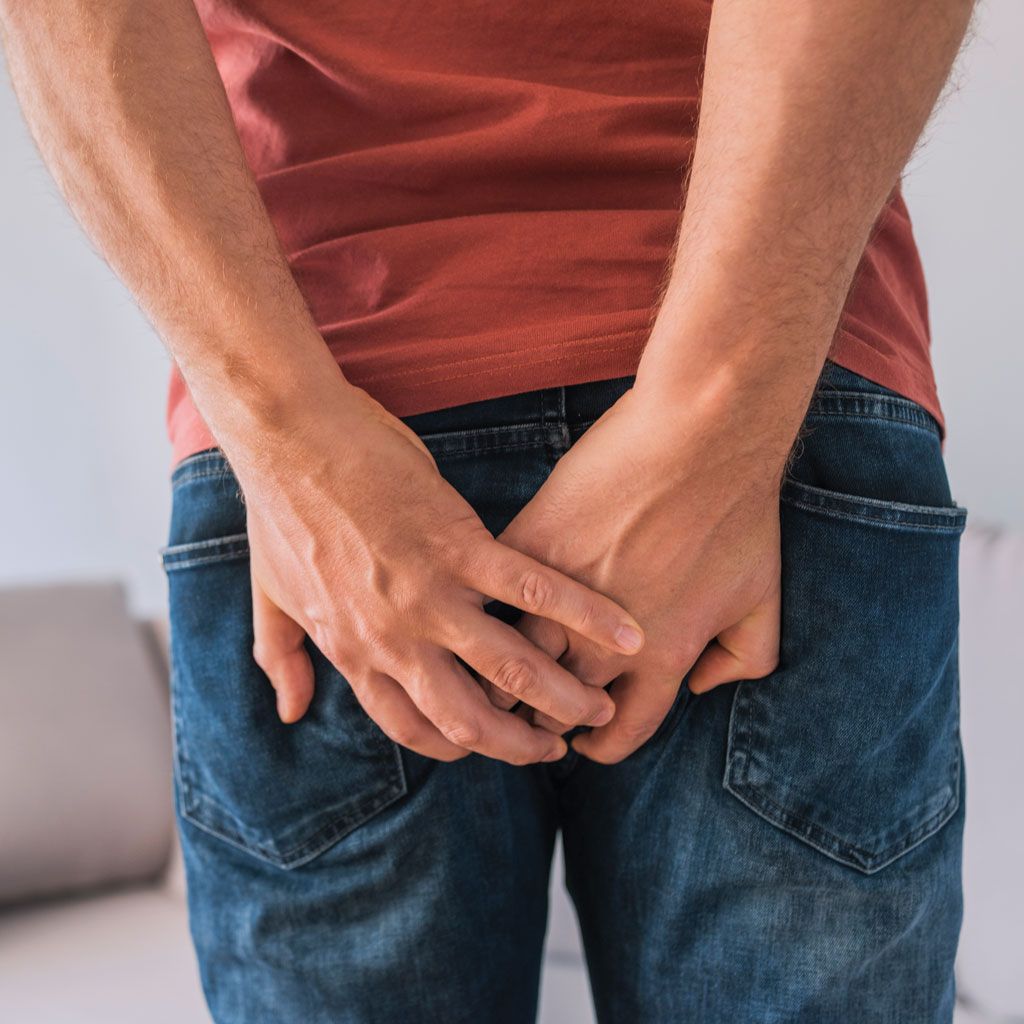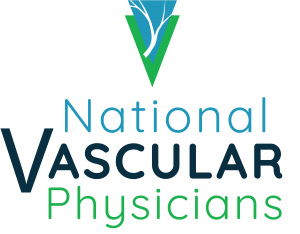How Do BPH Symptoms Differ from Other Urinary Issues?
December 8, 2025 – Medically reviewed by Alex Kim, MD Urinary problems like frequent urination or a weak urine stream are common as men age, but they don’t always point to the same cause. Benign Prostatic Hyperplasia (BPH), bladder dysfunction, and prostate cancer can all have similar symptoms, which makes…
5 Benefits of PAE for Enlarged Prostate
November 19, 2025 – Medically reviewed by Alex Kim, MD If you’re one of the millions of men experiencing symptoms of an enlarged prostate—also known as benign prostatic hyperplasia (BPH)—you know how disruptive it can be. Frequent urination, weak urine flow, and nighttime trips to the bathroom can significantly affect your…
5 Benefits of UFE for Uterine Fibroids
September 24, 2025 If you’ve been diagnosed with uterine fibroids, you’re not alone. Up to 70% of women will experience fibroids by age 50. While some fibroids cause little to no symptoms, others can lead to heavy bleeding, pelvic pain, and pressure that affects your daily life. Fortunately, treatment options…
Insurance Coverage for Uterine Fibroid, Genicular, Prostate & Hemorrhoid Artery Embolization
August 28, 2025 At National Vascular Physicians (NVP), one of the first questions patients ask is: “Does my insurance cover this procedure?” If you’re considering Uterine Fibroid Embolization (UFE), Genicular Artery Embolization (GAE) for knee pain, Prostate Artery Embolization (PAE), or Hemorrhoid Artery Embolization (HAE), you’ll be glad to know…
Benefits of Interventional Radiology: Safer, Quicker Recovery, and Less Invasive
August 1, 2025 Interventional radiology (IR) is transforming how conditions are treated by offering safer, non-surgical treatments with shorter recovery times. By using image-guided techniques, interventional radiologists can diagnose and treat a range of medical issues through small incisions, reducing the need for traditional surgery. What Is Interventional Radiology? Interventional…
Can Uterine Fibroids Cause Back Pain?
June 23, 2025 Short answer: Yes, fibroids can cause back pain. While many women with fibroids experience no symptoms at all, others may struggle with uncomfortable or even painful side effects, including back pain. If you’re wondering whether uterine fibroids could be the cause of your lower back discomfort, you’re…
Why Are My Periods So Heavy? It Could Be Uterine Fibroids
May 19, 2025 Heavy periods can disrupt your daily life, drain your energy, and even affect your mental well-being. If you’ve found yourself asking, “Why are my periods so heavy?”—you’re not alone. One possible cause many women overlook is uterine fibroids. What Are Uterine Fibroids? Uterine fibroids are non-cancerous growths…
What are the Signs and Symptoms of Peripheral Artery Disease?
April 18, 2025 Peripheral Artery Disease (PAD) is a common but often overlooked condition that affects millions of people worldwide. According to the Society for Cardiovascular Angiography & Interventions President George D. Dangas: “1 in 20 Americans over 50 years of age experience PAD.” It occurs when the arteries in…
Overlooked Causes of Hemorrhoids
The advantages of having your procedure in an OBL vs. a hospital
March 18, 2025 Many interventional radiology services, such as those performed at National Vascular Physicians‘ three outpatient locations, are also performed at local hospitals. That being the case, why would a patient choose to have their procedure at our outpatient center instead of the hospital? First, it’s important to note…


